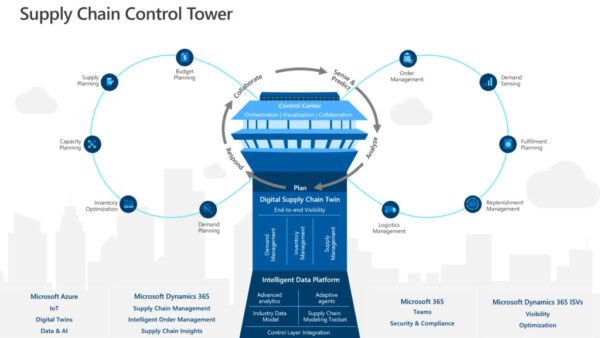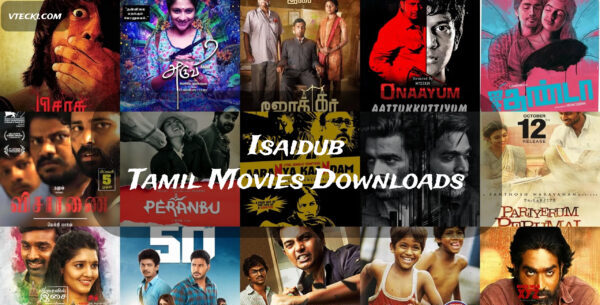A Supply chain control tower helps businesses stay informed, connected, and strong even as their revenue drops and their supply chain partnerships become less useful. Many professionals and customers don’t know that the width and depth of Control Towers are different. Here are three ways that Control Towers give people options and make money:
Planning and working together to improve order performance
The supply chain is a complicated network of people and places that work together to handle orders, shipments, and inventory in many different places. Order planning needs processes and flows that work in real-time to use resources best. Same thing with execution, especially when things go wrong. Quick access to choices and options reduces latency, impact, and loss. The best Control Tower shows all inventory, inventory in transit, replenishment plans, order types, shipping types, and flow types (inbound, outbound, aftermarket)
The way data is used and how valuable it is. A strong supply chain Control Tower is flexible and can use data to apply smart business rules. Choose a Control Tower that makes it easy to set operating parameters and limits so you can react quickly to changes. The Control Tower should use this information to find the best partner options, resources, and routes for each order.
A computerized Control Tower can make decisions automatically and give real-time status updates to help plans get carried out quickly and well. The Control Tower of the supply chain should give new and up-to-date information on handling exceptions, such as reevaluating routes, flows, costs, and available parties.
Make things flexible by bringing logistics and order management together
Control towers that are only used for logistics slow down decision-making. These systems figure out the cheapest and fastest way to ship something from a distribution place to a destination. A Control Tower that can see all order flows, business network options, criteria, and constraints in real-time will take into account the complexity of the supply chain and tell businesses if it is better to ship from a different location (one with better stock) or split the order and ship from multiple locations.
When logistics and transportation are the main focus of a system, there aren’t many options for order and flow. An order-centered platform has no formal limits, so it can be more complex and offer more variety by giving users unlimited mode and partnering choices which includes offering a revenue management solution as well.
Hidden Costs are Revealed
Most businesses handle their supply chain and logistics using static enterprise systems and spreadsheets. Logistics, procurement, and finance teams work in the dark and have out-of-control logistics costs. With the right Control Tower, businesses can keep track of and manage their costs. You will need a full supply chain Control Tower that tracks an order from start to finish, including each leg, method, service order, tax, contract, and pricing.
To figure out the total landing cost, a holistic Control Tower automatically considers all costs, such as handling, customs, duties, storage, and transportation. Modeling and keeping track of landing costs can bring in much money. By keeping track of all expenses, your Control Tower can make it easier for invoices to match up. Standardizing digital and automated processes eliminates mistakes and inconsistencies and lets the logistics, purchasing, and finance teams see and manage costs.





